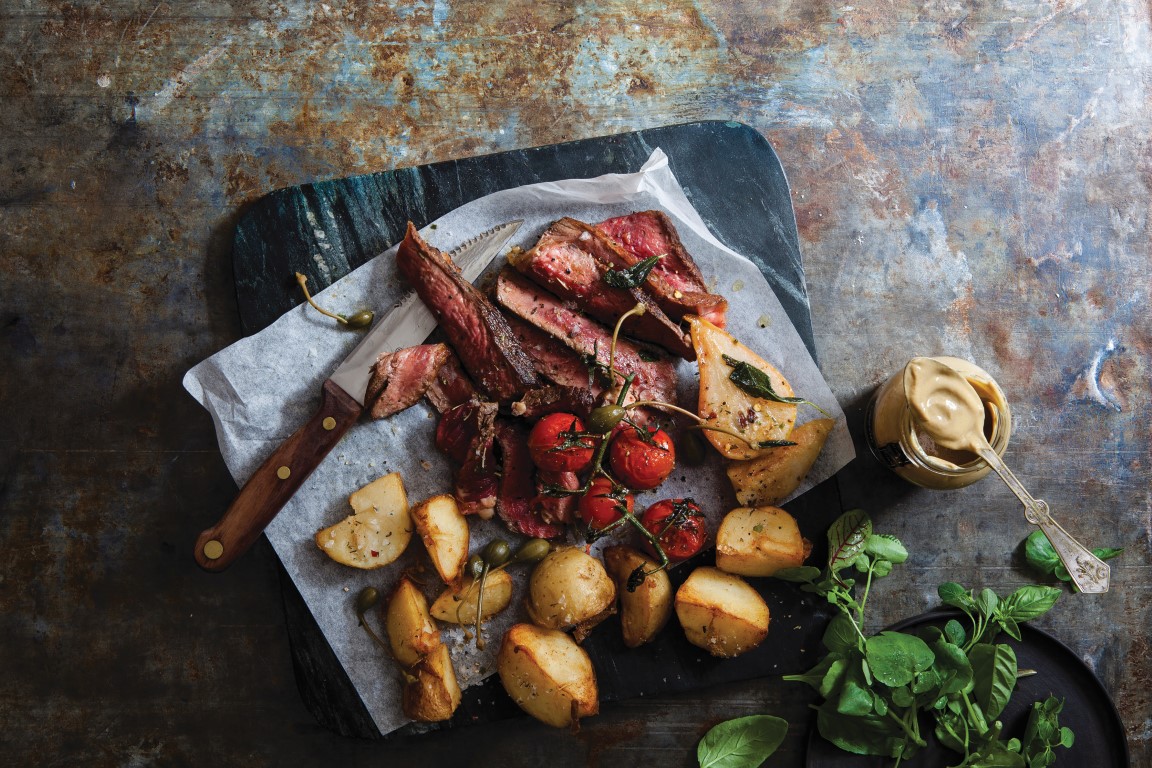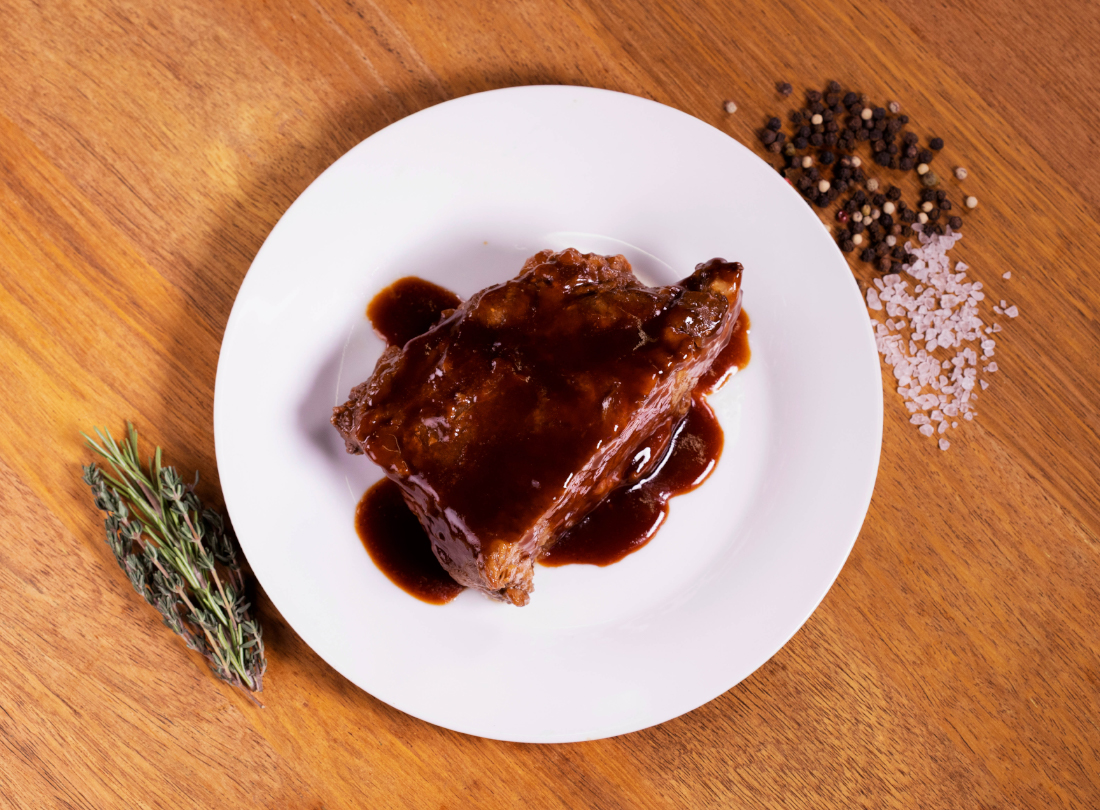

Dry-aged beef is significantly different to the shrink-wrapped, wet-aged beef you’d usually buy at the supermarket. These days, many restaurants offer it up as a preferable alternative. And once you’ve tried it, it’s not hard to understand why – it has some very unique characteristics.
However, as a sought-after, high quality product, it’s obviously much more expensive than wet-aged beef. But the good news is that you can actually dry-age beef from the comfort of your own kitchen. And it’s actually really easy!
What is dry-aged beef?
All beef products undergo some sort of ageing treatment that allows for appropriate preservation of the meat and safe eventual consumption. The wet-ageing process (also known as cryovacing) preserves beef in shrinkwrap, preventing it from exposure to bacteria – but that’s as much as it does.

Effective dry-ageing, on the other hand, involves the drying and dehydration of beef in a constant, controlled environment. This promotes safety while also enhancing the taste and texture of the beef.
How is it different?
There are definitive, noticeable differences between wet-aged and dry-aged beef. The dry-ageing process breaks down certain protein and fat strands in the meat, softening it dramatically.
It also releases a naturally occurring gas byproduct in the meat, which alters and heightens the flavour. From there, the beef starts to dehydrate, and the flavours really start “pushing” through.
Dry-ageing at home
The above video gives you a great insight into how you can easily dry-age beef at home. Chef Ben Higgs guides us through the process, from removing the beef from its anaerobic ageing environment, to finding our enhanced final product.
Method
- Cut off the portion of beef you want to dry-age
- Carefully wrap it in muslin cloth or an antibacterial cloth (eg Chux)
- Tie the wrapped meat with butcher’s twine
- Place on a rack tray and secure in the fridge
- Leave to dry-age for up to a week
Once your beef is dry-aged, you’ll notice its significantly reddened colour. Then, once you’ve cooked it, you’ll notice the sensationally heightened, strong, sweet flavour.
 Return to News
Return to News

















